Do you want to grow plants that are a little unusual? Well, these Weird Fly Eating Plants are, and moreover, they can help you get rid of flies.
Carnivorous plants that feed on insects may seem otherwordly, but remember that they evolved to achieve this skill to survive. The result of these alterations can be rather unique-looking Weird Fly Eating Plants, which you can grow in your home garden.
Here’s all you need to know about growing Carnivorous plants
Weird Fly Eating Plants
1. Venus Flytrap
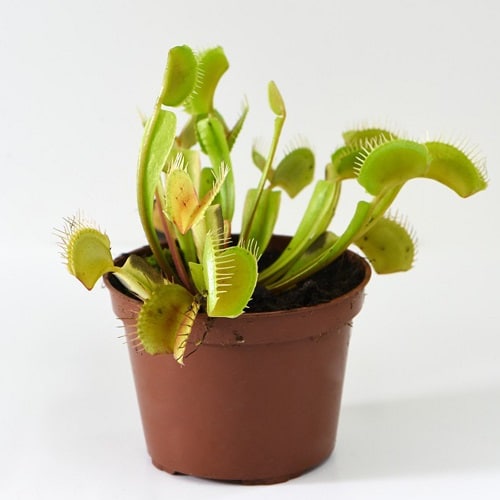
Botanical Name: Dionaea muscipula
The Venus flytrap remains one of the most famous carnivorous plants that exist. Its diet consists primarily of insects and arachnids.
How to Grow
Flytraps are tough to care for and prefer warmer places, though they can tolerate colder temperatures too but not less than 40 F (5 C). Never keep the plant in intense direct sunlight!
2. Sundews
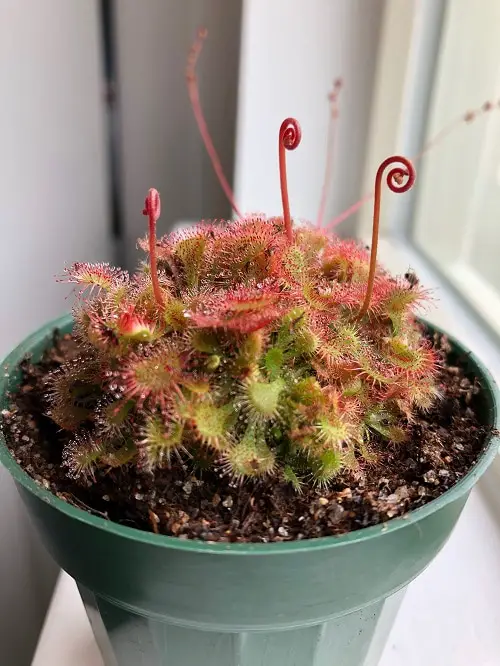
Botanical Name: Drosera spp
The plant has sticky secretions at the tips of the hair protruding from their stunning leaves. These hairs are called trichomes, and the sticky secretions are what trap the flies.
How to Grow
Growing them inside glass terrariums is the best way to plant them indoors, as it replicates the humid and warm environment that exists in their native regions.
3. Bladderwort
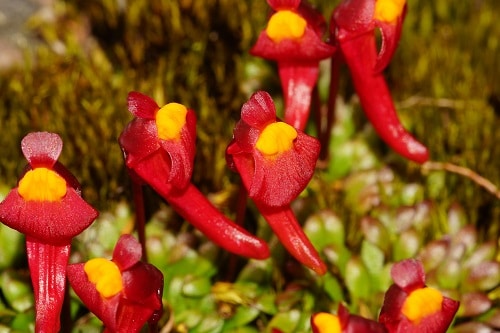
Botanical Name: Utricularia
The bladder-shaped bulbs of the plant give it its unique name. It is quite adept in trapping insects like flies using its tiny hair in the suction bulbs.
How to Grow
While it grows best outdoors, you can also easily grow it indoors on a bright windowsill. When planting, use one part perlite and peat.
4. Catapulting Flypaper Trap

Botanical Name: Drosera glanduligera
Also known as pimpernel sundew, this drosera genus plant is native to Australia and uses its sticky outer tentacles to trap insects. It looks quite unique with its hairy appearance and bright colors.
How to Grow
You can easily grow it in small pots. A kitchen or a bedroom windowsill will be a perfect place at the plant will take care of the little pesky insects!
5. Monkey Cups 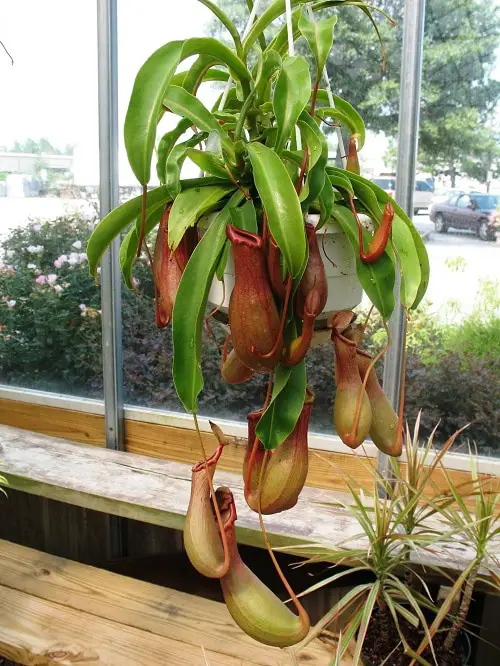
Botanical Name: Nepenthes
Monkeys usually drink water from the cups of this plant in rainforests, hence the name. Naturally, these cups lure the insects in where the plant traps and digests them.
How to Grow
The key to growing this plant successfully is to keep it at a bright spot. Also, make sure the soil is moist all the time and never goes completely dry.
6. Lobster Pot
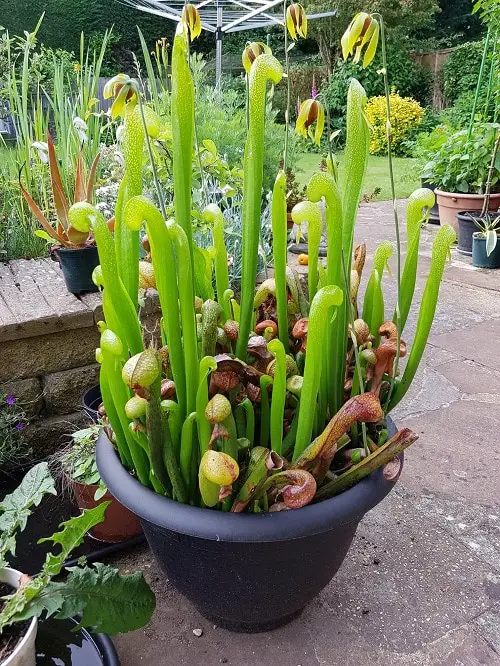
Botanical Name: Darlingtonia californica
Also famous as the Cobra Plant, it resembles the head of an alert snake. The upper part of its pot-like leaves traps the flies, and then they are pushed down in the leaf to get digested.
How to Grow
Place them at a spot that gets 4-6 hours of sunlight. For best growth, use 1 part peat moss, 1 part fine orchid bark, and 2 parts pumice.



Wish I could see ideas for a church courtyard of western Washington sunny spot outdoors.